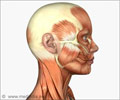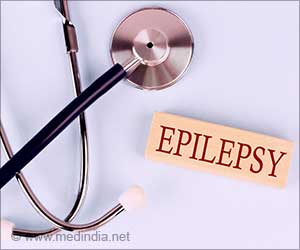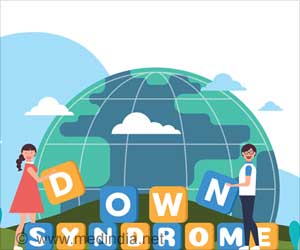An innovative clinical diagnostic test for the early identification of a wide range of mitochondrial disorders is described in research published in BioMed Central's open access journal, Genome Medicine.
Mutations to one of the mitochondrial genes, or to a number of nuclear genes with roles in mitochondrial function, can cause diseases which have very similar symptoms, making them difficult to diagnose and treat.Researchers from the Seattle Children's Research Institute teamed up with researchers from the Genome Sciences and Pediatrics Departments of the University of Washington to create a molecular diagnostic tool that uses targeted genetic sequencing to screen patient's DNA for variations in 362 genes which have been associated with mitochondrial disease or mitochondrial function. They tested this tool by using it to screen three DNA samples. Two of these samples were taken from patients with mitochondrial disorders, who had been previously diagnosed by traditional sequencing methods, while the third came from a healthy individual selected from the Coriell Repositories HapMap catalogue of human DNA samples. The researchers then assessed the potential impact of all the novel mutations they detected. They found that the new method was able to accurately identify the mutation underlying each patient's condition. The large number of candidate genes examined is likely to increase sensitivity for identifying previously unknown genes responsible for mitochondrial disorders.
"Early and effective diagnosis [of mitochondrial disorders] is crucial for permitting appropriate management and accurate counselling", say lead authors, Jay Shendure and Sihoun Hahn. "Mitochondrial diseases affect as many as 1 in 5000 children; however diagnosis is notoriously difficult due to the huge number of genes potentially responsible for these disorders. For these reasons, some patients may remain undiagnosed and even die of untreated disease" according to Dr Hahn. In addition to providing accurate diagnosis, the large number of genes used in this method allows a large number of potentially harmful mutations to be detected which might otherwise be missed. He adds, "Our study indicates that the use of next generation sequencing technology holds great promise as a tool for screening mitochondrial disorders."
Source-Eurekalert
RAS








